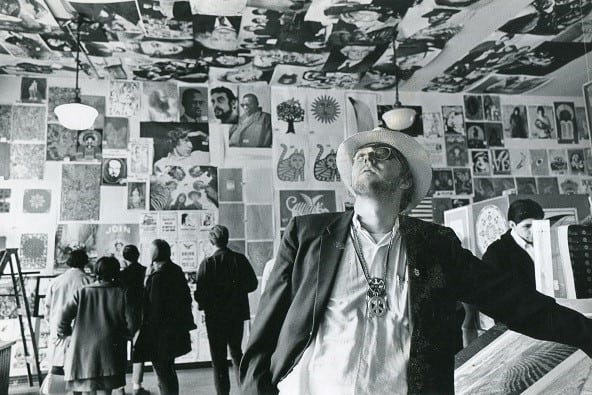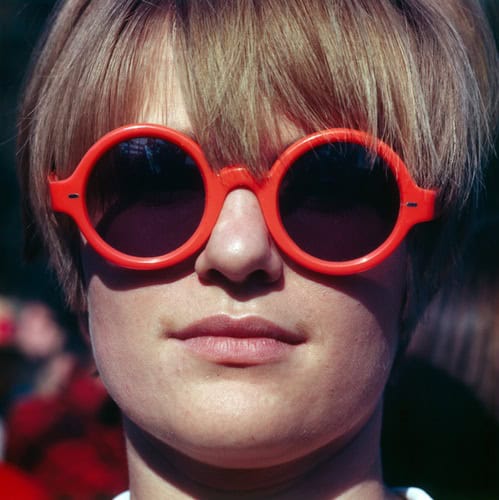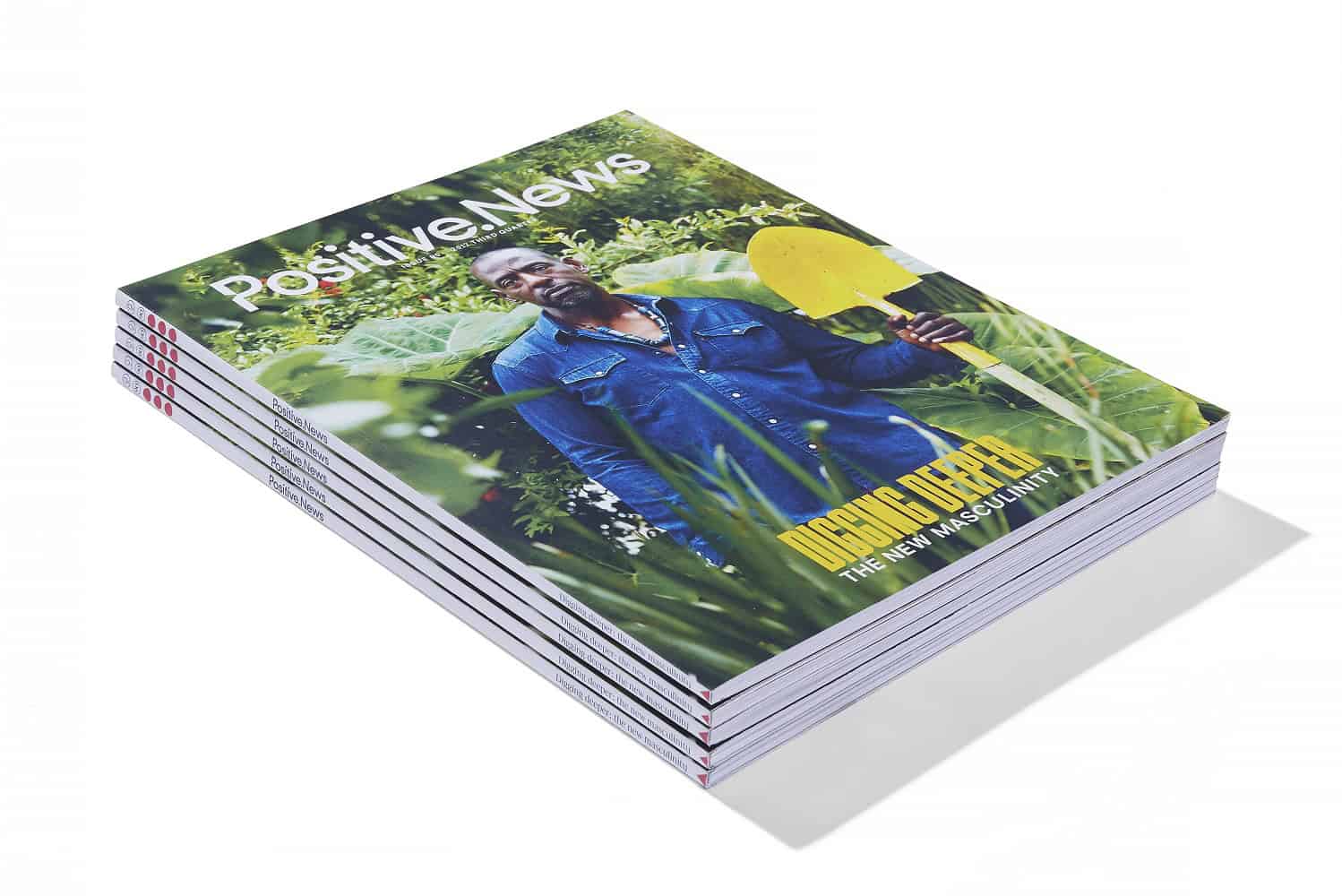Aaron Millar talks to some of the summer of love’s big characters about the 60s utopian dream and why it matters in current political times
The summer of love was all about revolution. It was 1967. Protests against the Vietnam war were escalating, the civil rights movement was on the rise and the flower power generation, fuelled by free love, cheap LSD and psychedelic rock’n’roll, was in full bloom. It was a good time to be young.
It was 50 years ago, in Haight-Ashbury, the epicentre of alternative living in 60s America, that it all came spectacularly together in what would become one of the largest countercultural movements in history.
Our world is beautiful.
Discover intelligent, inspiring journalism, with a subscription to Positive News
“Haight-Ashbury was the first living theatre,” says actor Peter Coyote, a founding member of the anarchist theatre group The Diggers that was active at the time. “People could dance out their new identities liberated from personal history and the stories of who they were. Just like early Californians coming to the gold rush, they could announce themselves as something and become it.”
It was a magical time: a joining of progressive artists, activists and musicians who were experimenting with new forms of community, personal freedom and artistic expression. Then the media picked up on it. When word got out that something radical was happening in San Francisco, tens of thousands of young people spontaneously descended on the city. It was wild and chaotic but filled with generosity, optimism and hope too.

William Hedgepeth in Haight-Ashbury, where he lived in a commune while on assignment for Look Magazine. Image: Jim Marshall
“It was a zoo,” says Stanley Mouse, who created some of the best-known poster art for bands and parties of the time. “Long-haired guys with beards and sandals filled the streets. There’d be drums, cymbals, bongs, fire dancers, all kinds of musical instruments. Everybody dancing. Sometimes we would lock the front door and line up chairs just to watch the parade.”
But the summer of love was more than just a party. William Hedgepeth spent three weeks living in a commune in Haight-Ashbury, on assignment for Look Magazine. His story, Inside the Hippie Revolution, is credited with inspiring thousands of young people to go to San Francisco that summer.
It wasn’t about rejecting society; it was about trying to build a new society
“The whole scene had to do with a breakdown of traditional values. It was a total inspiration of openness, a new orientation of people toward one another. It wasn’t about rejecting society; it was about trying to build a new society.”
“We had tasked ourselves with imagining a world in which we wanted to live,” Coyote explains. “We fed 600 people a day for free. We set up the first free medical clinics. We set up free stores. It was a statement of a totally different kind of community.”

Image: Herbie Green

